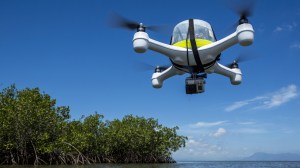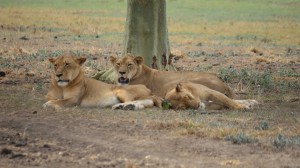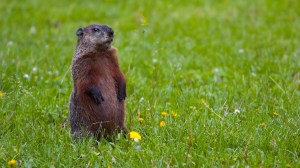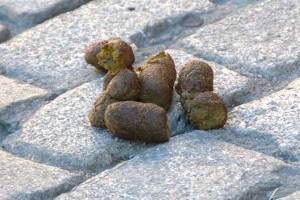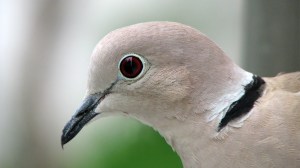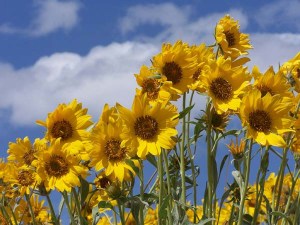Discover stories in Citizen Science
Giving Back to the Ocean: Citizen Science for Clean Water
Poor water quality in Hawaii's oceans degrades corals, threatening the fish and other creatures (including people) that rely on them. A dedicated group of citizen scientists gather water samples from 48 monitoring sites off the coast of Maui.
Why Are You Seeing Robins in Winter?
Spring has certainly not arrived, so why have the robins?
I Think I’m Going to Kathmandu: Citizen Science for Freshwater in Nepal
Citizen science tackles groundwater challenges head-on in the Kathmandu Valley. The project provides a foundation for climate resilient and sustainable growth across Nepal though smart groundwater use.
10 Innovations That Are Changing Conservation
Around the globe, conservationists are employing the latest technological advances to make a difference for people, wildlife, oceans, forests and clean water.
7 Citizen Science Projects for Bird Lovers
Looking to go birding and help conservation? Here are our picks for some of the best bird-related citizen science projects.
War, Wildlife and a Remarkable Comeback in Gorongosa
Two decades of civil war devastated people and wildlife in and around Gorongosa National Park. You can have fun & learn while you help Gorongosa bounce back.
Celebrate Groundhog Day: Embark on a Marmot-Thon
Punxsutawney Phil may hog the limelight today. But groundhogs are just one of six species of North American marmot. Do you have what it takes to see them all?
Citizen Science Tuesday: PooPower!
Remember the last time you stepped into a pile of dog excrement? Learn why dog poop isn't just a nuisance, it's a problem for conservation and water quality.
You Won’t Forget the Mega-Footed Malleefowl
Ever heard of a malleefowl? You’ll never forget it after reading about their big feet, huge nests, and chicks born fully feathered that can fly within 24 hours.
Eurasian Collared Dove: Have You Seen This Bird?
Thirty years ago, non-native Eurasian collared doves were starting to show up in South Florida. Today, this species is being documented across North America. How citizen scientists help document the spread of a non-native species.
The Traveling Naturalist: Solid Gold in the Rockies
<i>Introducing The Traveling Naturalist, a new series featuring natural wonders and biological curiosities for the science-inclined wanderer.</i> The Rocky Mountains in the spring are a <b>botanist’s delight</b>, with many hills, mountain meadows and buttes awash in color. Wildflowers – many of them with interesting natural and human histories – can be easily found on your public lands. Some exist in bright but tiny cluster on alpine peaks while others cover meadows in a palette of seemingly solid color. <b>My favorite</b>: the flower that paints many foothills bright gold throughout the West, <a href="http://www.fs.fed.us/wildflowers/plant-of-the-week/balsamorhiza_sagittata.shtml"><b>arrowleaf balsamroot</b></a> (<i>Balsamorhiza sagittata). </i>
The Monarch Butterfly Decline, and What You Can Do About It
A recent report shows monarch butterflies have declined 59 percent in the past year. The reasons may surprise you. And you can help.



